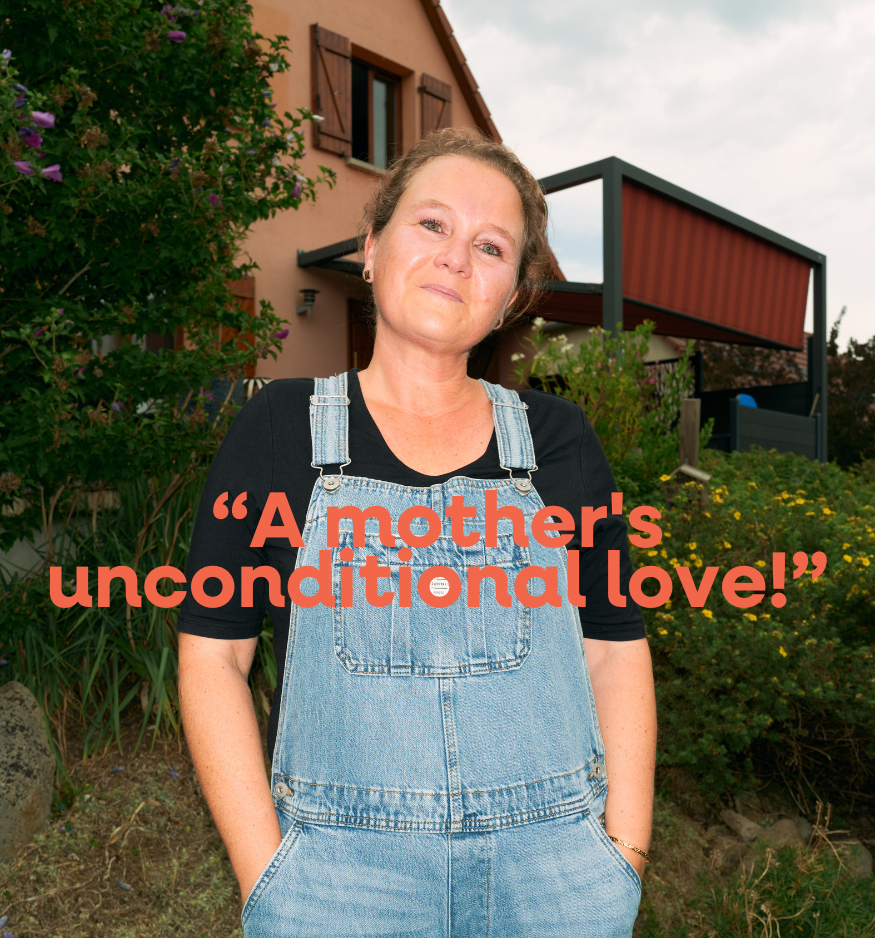Mastitis is a painful inflammation of the breast which affects many women during breastfeeding. It manifests itself as redness, pain and sometimes fever, but does not prevent you from continuing to breastfeed. Rapid care is essential to relieve the mother and avoid complications.
Understanding mastitis
Mastitis, also called lymphangitis, is a inflammation of breast tissue, which most often occurs during breastfeeding.
It may be original infectious or not, but in all cases, it causes pain sometimes significant in just one breast.

It generally appears in first weeks following birth, but can also occur later during breastfeeding.
Approximately one in four breastfeeding women will experience at least one episode of mastitis.
Where does this inflammation come from?
The most common cause is obstruction of a milk duct, which leads to milk stagnation. Several factors can contribute to this:
- a feeding too far apart:
- a poor latch or breastfeeding position ;
- nipple cracks or lesions;
- A breast engorgement untreated;
- a bra that is too tight;
- milk production too important…
When the milk does not flow properly, the pressure increases in the breast, promoting inflammation.
If this situation persists, bacteria can proliferate and cause infectious mastitis. The germ most frequently involved is Staphylococcus aureus.

A pain that should not be ignored
If you feel a sharp pain in one breast, accompanied by redness and sometimes fever, you may have mastitis.
This word can be scary, but it simply refers to inflammation of the breast, common during breastfeeding. The good news is that we can treat quickly if taken on time.
What signs should alert you?
Generally during breastfeeding, mastitis happens suddenly. It is often the upper outer quadrant of the breast that is affected.
The breast becomes sensitive, hot, swollen. A red area appears, often painful to the touch.
Some women also feel chills, body aches or fever. It may feel like a flu-like illness.

The important thing is not to wait. The sooner we act, the sooner the pain disappears.
What to do at the first signs of mastitis
Effective breast drainage
Contrary to what one might think, it is especially important not to not stop breastfeeding. On the contrary, it is emptying the breast relieves the inflammation.
Breastfeed on the affected side, as often as possible. If it becomes too uncomfortable, use a breast pump can also help empty the breast without pain.

Symptom relief
Rest, one good hydration, and cool compresses between feedings can provide real relief.
In addition, a analgesic such as paracetamol or ibuprofen can be used if necessary.
I am looking for a practical and discreet breast pump
What if the symptoms persist?
If the fever remains high, or if the pain worsens despite the measures taken, it is necessary to consult. Sometimes infectious mastitis sets in.
In this case, antibiotic treatment will be prescribed. It is entirely possible to continue breastfeeding during this treatment.
In rare cases, an abscess may form. There too, support is necessary, but breastfeeding is not necessarily interrupted.

Prevention is often possible
There are a few simple actions to adopt to prevent the appearance of mastitis during breastfeeding:
- breastfeed frequently without duration restriction;
- alternate the two breasts at each feeding;
- let the baby empty the breast before offering the other;
- check its position and taking the breast;
- avoid bras that are too tight;
- promptly treat any cracks or nipple lesions;
- avoid engorgement by expressing milk if necessary.
And above all, do you listen. If you feel like something is wrong, don't wait for the pain to set in.
When a breast pump can really help
In case of irregular feedings, or if the baby sleeps for a long time between two doses, the breast can quickly become tense. Using a breast pump allows to relieve this pressure and prevent milk from stagnating.

THE hands-free breast pump Emy Pump may be useful. It works wireless, slips into the bra and allows you to express your milk while continuing your activities.
It is a discreet but precious help, especially when breasts are engorged or tender.
Mastitis, although unpleasant, should not discourage you from continuing breastfeeding. With a rapid and appropriate support as recommended by High Authority of Health, you will be able to overcome this obstacle and continue to offer the best to your baby!






